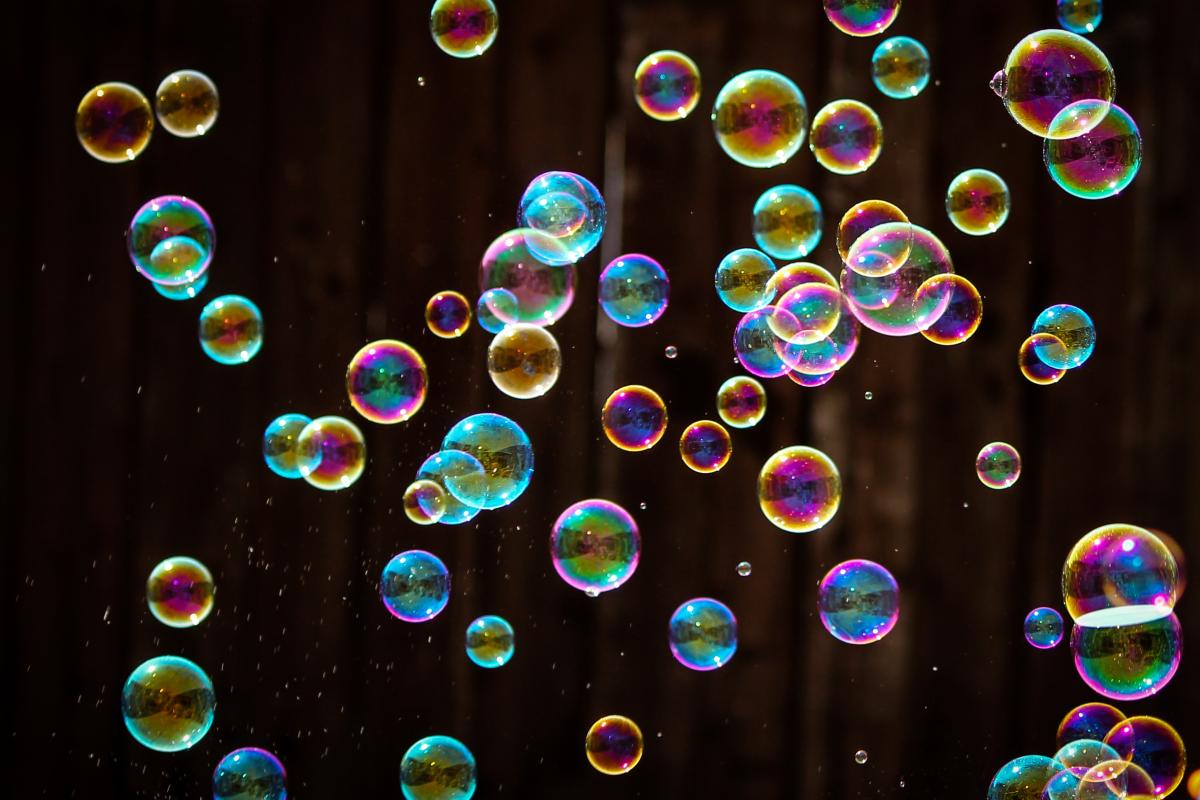The year 2016 will be remembered as the time when politicians around the world confessed to having lost it. They had given up listening, and were flabbergasted when their electorates ignored the clear instructions they had been given by their betters and behaved in disgracefully opinionated ways. And all because of bubbles.
There are Westminster bubbles and Whitehall bubbles and Washington bubbles and elitist bubbles and media bubbles. Within each, a relatively small group of people speak only among themselves – mostly to agree with each other – and are comfortably protected from the views and the moods of the silent millions beyond.
So when those millions are finally permitted to express themselves publicly, bubble residents are astonished and outraged and lash out at pollsters for having misled them. So Britain goes for Brexit and America goes for Trump.
Politicians hold a finger to the wind only every four or five years. Even then, the absurdities of electoral systems can shield politicians from the true national mood. As I wrote in Market Leader last year, the 2015 general election should have returned 80 UKIP candidates to the House of Commons; that would have made the governing bubble sit up straight. Instead, just one isolated Ukipper was to be seen in the corner of the chamber; and so the governing bubble, ably supported by the media bubble, resumed its cosy, closed-circuit conversations. The 23rd of June blindsided them all.
Thanks to the unforgiving realities of the marketplace, marketing has been broadly saved from the same fate. Marketing companies can’t hide from unwelcome reality: they now get that day’s sales that day. I don’t think there’s much of a marketing bubble – but I do think there’s a bit of an advertising bubble.
There seems to be an almost unchallenged belief that there was once, some 50 or 60 years ago, a Golden Age of Advertising. It began with Doyle Dane Bernbach in New York, was echoed and emulated by Collett Dickenson Pearce in London, and set a new high standard for other agencies everywhere – but then tragically waned and was finally suffocated under a weight of mindless, witless rubbish. So goes the familiar narrative.
The work that populated this Golden Age was indeed wonderful. We were absolutely right to admire it and revere it. It fully deserved our respect and envy and still does. My reservations are not about the work – but about our undiscriminating assessment of it.
The reputations of both DDB and CDP were built on surprisingly few campaigns. For DDB, Volkswagen (‘Think small’ and ‘Lemon’) and Avis (‘We try harder’) remain to this day shorthand for the excellence of that agency. CDP’s reputation was mainly built on their work for Harvey’s, Hamlet, Heineken and Benson & Hedges.
What’s striking about these campaigns, from both sides of the Atlantic, is their similarities. None are for staple, everyday, repeat-purchase, bought-fromthe housekeeping-budget brands: the kind of brands that represent by far the greatest proportion of advertising expenditure. They are mostly aimed at the better-educated, better-off sectors of society and are heavily skewed towards men.
What both DDB and CDP did brilliantly was understand their audience. They understood them, trusted them, flattered them, engaged them and rewarded them. They invited their audience to join in. They used self-deprecation, irony, understatement and high style because these were all highly appropriate clues to the nature of the brands being advertised. And it in no way diminishes their achievements to point out that they were able to understand their audience with such a sure and subtle touch because they were part of it themselves.
They didn’t need focus groups or the conscious application of empathy to put themselves in the shoes of people quite unlike themselves. They were their own target market; and if it struck a chord with them, then they knew with an enviable certainty that they must have got it just about right.
Advertising people have another reason to venerate advertising of this kind. It’s the kind of advertising that their non-advertising friends and relations most admire; perhaps, the only kind of advertising that they admire. And that’s where the bubble comes in.
It’s not a big bubble and it’s not a serious bubble – but I think it exists. Those who’d like all advertising to be like advertising from the so-called Golden Age are as out of touch as politicians: a relatively small group of people who speak only among themselves. It’s serious only if the young are encouraged to join that bubble and seek to impose one style on all advertising.
As always, the most admirable advertising people and the most professional agencies are the most versatile. When the brand demands, they can do wit and elegance. And when the brand demands, they can do good humour or brashness or the deadly serious – or any of the infinite range of styles that are open to them.
In advertising, an age that honours only a single style should never be thought golden.
This article first appeared in Market Leader March 2017.
